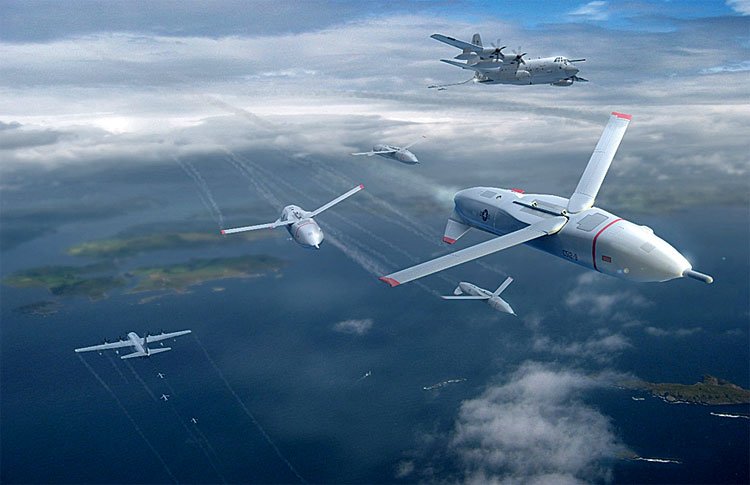
How to Defend Against Swarm Drone Attacks in the Field Battle.
Introduction
In recent years, the use of drones in warfare has become increasingly prevalent. These unmanned aerial vehicles (UAVs) are being employed by both state and non-state actors, posing a significant threat on the battlefield. One of the most alarming developments is the emergence of swarm drone attacks, where multiple drones operate together in a coordinated manner to overwhelm defenses. In this article, we will discuss effective strategies to stop a swarm drone attack in the field battle.
Early Detection
The first step in countering a swarm drone attack is early detection. Advanced surveillance systems, such as radar and thermal imaging, can be used to identify incoming drones. Additionally, deploying a network of ground-based sensors can help detect the presence of drones in the vicinity. Early detection provides valuable time to initiate defensive measures.
Jamming and Disruption
Once a swarm drone attack is detected, jamming and disruption techniques can be employed to neutralize the threat. Electronic warfare systems can be used to jam the communication signals between the drones and their operators. This can cause the drones to lose control or become disoriented, rendering them ineffective. Moreover, deploying counter-drone systems that emit radio frequency signals can disrupt the GPS navigation of the drones, forcing them to crash or lose their intended targets.
Directed Energy Weapons
Directed energy weapons, such as lasers, can be highly effective in stopping swarm drone attacks. These weapons can disable or destroy individual drones by directing a concentrated beam of energy towards them. The intense heat generated by the laser can damage the drones’ electronic components or puncture their outer casing, causing them to malfunction or crash. Directed energy weapons offer a precise and rapid response against swarm drone attacks.
Anti-Drone Drones
Deploying anti-drone drones can be an effective countermeasure against swarm drone attacks. These specialized drones are equipped with nets, lasers, or even firearms to neutralize the hostile drones. By intercepting and physically disabling the attacking drones, anti-drone drones can prevent them from reaching their intended targets. Additionally, anti-drone drones can be equipped with AI-based algorithms to autonomously identify and engage hostile drones, enhancing their effectiveness in countering swarm attacks.
Conclusion
Swarm drone attacks pose a significant threat on the battlefield, but with the right defensive strategies, they can be effectively stopped. Early detection, jamming and disruption, directed energy weapons, and anti-drone drones are all valuable tools in countering swarm drone attacks. As the use of drones continues to evolve, it is crucial for military forces to stay ahead in developing and implementing innovative technologies to defend against this evolving threat.
Have a query? Contact Us
